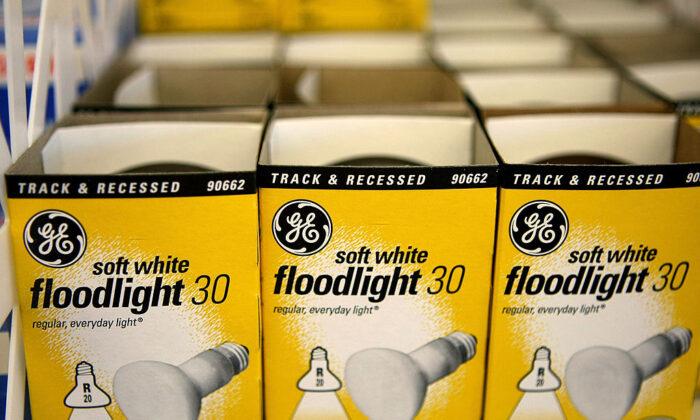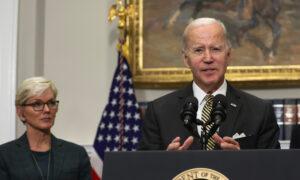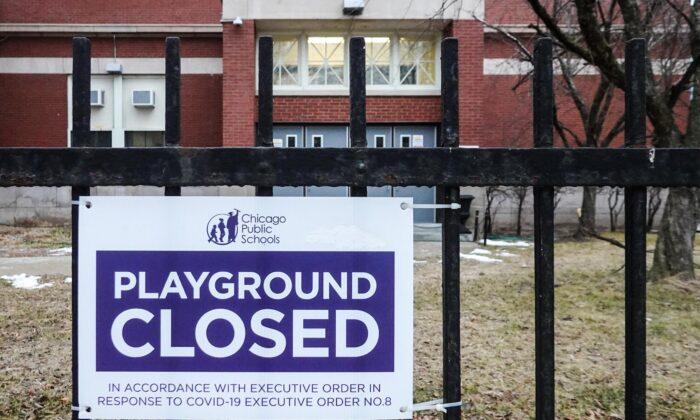A law passed in the United States prohibiting the manufacturing of incandescent light bulbs has fueled a sharp rise in popularity for the Edison-created technology.
Tino Carrejo, a lighting specialist at the Light Bulb Depot in Austin, Texas, told The Epoch Times that as supplies continue to dry up, he has seen a rise in demand for the old-fashioned bulbs.
“We have seen a dramatic increase in people wanting the old bulbs, no doubt,” said Mr. Carrejo. “There isn’t a day that goes by where a customer doesn’t come into our store asking for the incandescent bulbs.”
Mr. Carrejo said his customers have cited several reasons for wanting the traditional Edison bulbs, including harmonics, light sensitivities to the newer LED bulbs, and traditionalists who prefer the illumination of the past.
“A lot of those in the older generation prefer the same lighting they remember growing up with,” said Mr. Carrejo.
Lighting stores contacted by The Epoch Times in Oklahoma, Florida, and Pennsylvania have reported similar spikes in sales.
The law banning the incandescent light bulb went into effect on Aug. 1. 2023, with the regulation outlawing any normal bulb that generates less than 45 lumens per watt. However, while the traditional tungsten-filament 40- and 60-watt incandescent light bulbs can no longer be made in the United States, with the legislation banning their manufacture and importation, they continue to remain legal to use.
‘Energy-Efficient Products’
However, as the argument over global warming and climate change escalated in recent years, a debate emerged over the incandescent light bulb, which would devolve into a political tug-of-war.The George W. Bush administration was the one to begin mandating higher light bulb efficiency when, in 2007, President Bush signed the Energy Independence and Security Act, mandating household light bulbs to achieve 25 percent greater efficiency, according to the Environmental Protection Agency.
The Obama administration added two additional regulations to the act in 2017 aimed at phasing out only traditional bulbs, along with several specific types of specialty bulbs, such as the incandescent candelabra bulbs commonly used in chandeliers.
The Trump administration would roll back the regulation in 2019, citing inefficiency and cost.
However, President Joe Biden’s Department of Energy (DOE) flipped the switch once again in 2023, reinstating the previous administration’s mandates. Advocates of the new rules claim they will speed up the transition already underway for years with the rise of energy-efficient LED bulbs.
The regulations will save consumers close to $3 billion on their utility bills while also cutting carbon emissions—which some claim have a negative effect on the environment—by 222 million metric tons over the next 30 years, according to the DOE.
“The lighting industry is already embracing more energy efficient products, and this measure will accelerate progress to deliver the best products to American consumers and build a better and brighter future.”
The maximum penalty for manufacturers who violate the ban is $542 for every light bulb made out of regulation.
Mr. Carrejo, who has spent several years in the lighting business, said that in his experience, customers who prefer Edison-style lightbulbs will continue to do whatever it takes to find their preferred lighting—at least as long as they can.
“There are a lot of people out there who just aren’t happy with the change, and they are going to keep going with the traditional bulbs until there aren’t any left,” said Mr. Carrejo.
The increasingly rare 40-watt light bulbs are earning a premium at online marketplaces. Thousands of the outlawed products can currently be found for sale. In one example, a four-pack of GE incandescent light bulbs is selling for $22.99 on eBay, with 218 packages already having been sold at that price by the time of publication.
“They have not manufactured these in years and by the month they are becoming more rare. Sometime, fairly soon, they will disappear entirely.
“Buy them today, before they are gone forever,” the description reads. “The quality of light from these is second to none, and once they are gone, they will pass into history and be sorely missed.”







